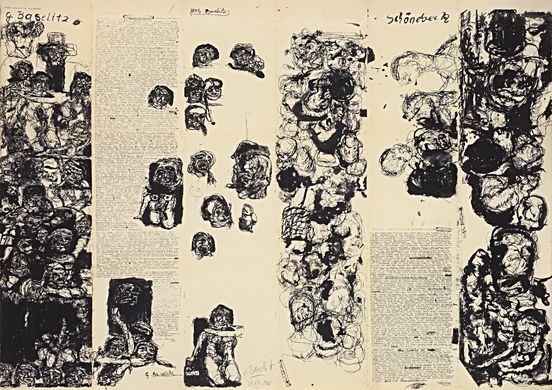
Oliver Selfridge, a pioneer in artificial intelligence, was instrumental in the initial progression of this field. In 1959, he unveiled a revolutionary idea in a paper that established the foundation for the Pandemonium architecture. This creative model suggested that basic computational units, each performing a particular function, could work together to tackle intricate cognitive problems.
The Pandemonium architecture subsequently became a major factor in the evolution of neural networks, which are essential to the machine learning technologies we commonly encounter today. This model gained considerable recognition due to distinctive illustrations by Leanne Hinton included in the 1977 psychology textbook “Human Information Processing” by Lindsey & Norman. These illustrations brought a lively, almost whimsical aspect to the comprehension of Parallel Distributed Processing, making the model appealing to many.
Moreover, Oliver Selfridge was not merely a significant scientist but also penned four children’s books. In addition to his AI contributions, he was noted for revealing issues surrounding the Echelon program, which brought attention to the extent of NSA surveillance activities.
Although the Pandemonium model is well-recognized, its visual presentations are often mentioned without acknowledging the illustrator, Leanne Hinton. Despite attempts to clarify her involvement, ambiguity persists regarding her role in these notable illustrations, highlighting the difficulties in accurately recording contributions in collaborative projects.